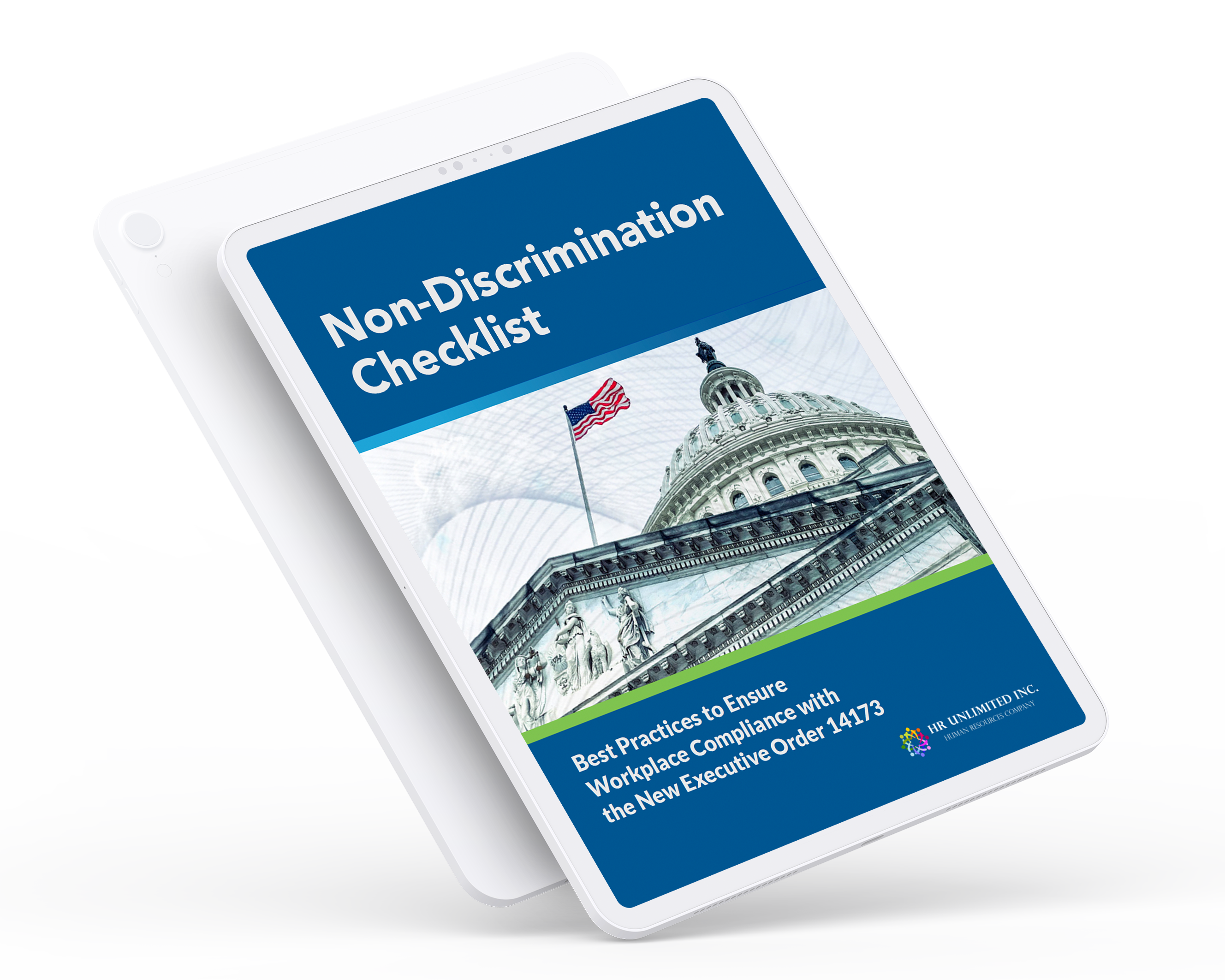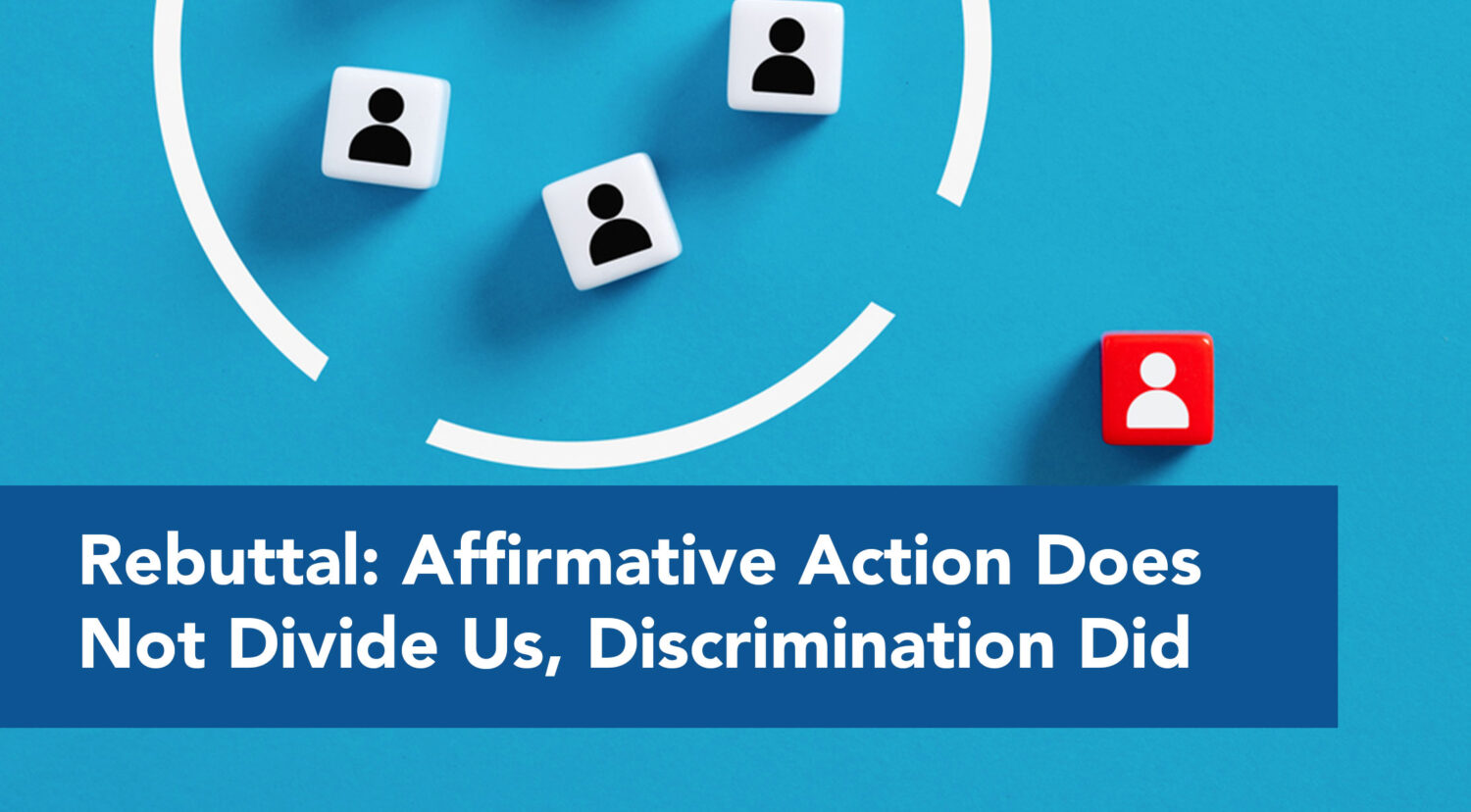How would your organization rank if its employment records were audited right now? Would you find that records are kept as required by law? Do you know what those legal requirements are?
It really appears that companies fall apart—especially the recidivists—on primarily two pieces of record keeping: 1) Defining an Applicant and 2) Disposition.
This is at the heart of nearly all the cases we’ve discussed on our blog. It is also one of the greatest mysteries of this industry: It’s actually not difficult to determine whether a job seeker is a technically “qualified” applicant for a position. Nor is it difficult to put a disposition code along with a brief explanation (and ideally identifying who made the decision) about why an applicant wasn’t accepted.
“But what if we took in 100 resumes? Disposing all of them is a lot of work.”
What’s so tough about that? First ask, “Was this resume submitted for a specific and available job opening?” If not, that resume should not be considered as an applicant. Get your company in the habit—and make it a company policy—that unsolicited resumes will not be considered. If your recruiter has an issue with that (or the vice president who’s third daughter is looking for a job), have them refer potential candidates to submit for actual postings for actual jobs. Secondly, ask, “Does this person fulfill all the essential job functions/requirements?” Your job listing should specify what skills, education, and background are essential requirements for the opening. If someone doesn’t qualify for the job, per those requirements, dispose them as such. If you do a round of disqualifying applicants for basic qualifications, then you shouldn’t have as many resumes left on which to make more difficult disposition choices.
This not only fulfills EEOC and OFCCP affirmative action requirements, but also should disqualify a large number of job seekers from your further consideration. If you disqualify 90 of the 100 applications in our example right off the bat, then you should only have to assign more substantive dispositions for 10 applicants! It both streamlines your hiring process and makes fulfilling the requirement much easier.
“We won’t get audited again!”
If you’ve been cited before then, yes, you will! Offenders often become repeat offenders, the OFCCP knows this, and for the life of me, I don’t understand what is so difficult about making changes to avoid future citations. Is the cost of change really more than the cost of lost man-hours, legal fees, consultant fees, sanctions, settlements, bad publicity, and the threat of losing your federal contracts?
“Management won’t buy in / The culture is too ingrained / It’s a slap on the wrist.”
Please see the last sentence. Usually the cost of the audit (hours spent on it) plus any settlements and sanctions, etc., are more than a slap on the wrist and, in many cases, could have paid the salaries for additional hires. This feels like a “if you think you can’t, you can’t” cop out.
Time and again companies are being caught having not defined qualified applicants or disposing of them properly. This enables the OFCCP to apply darn near any statistical model they want to show adverse affect. You’re just loading the gun before handing it to them.





